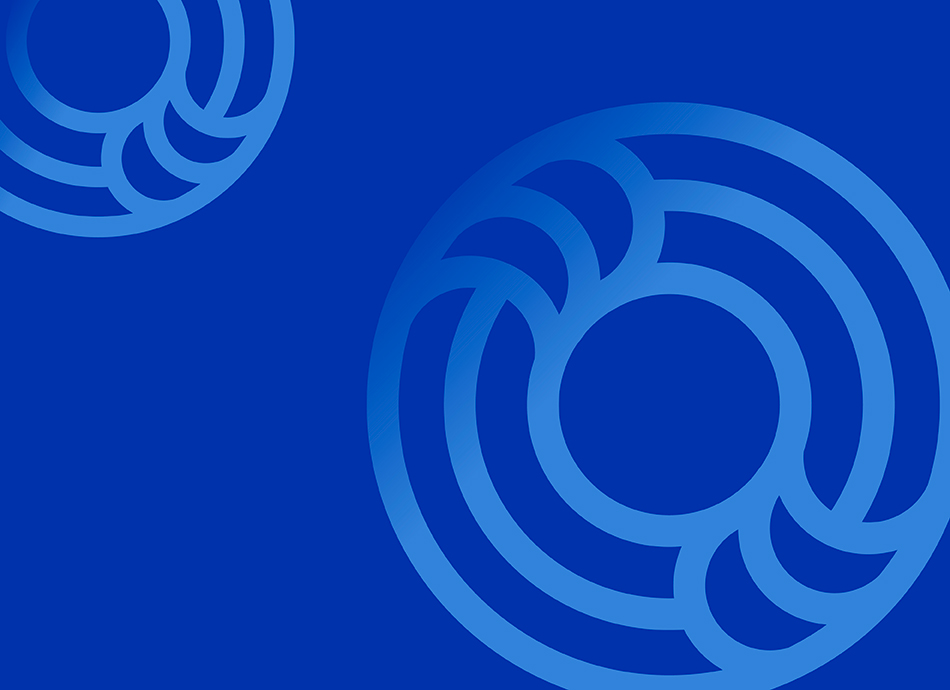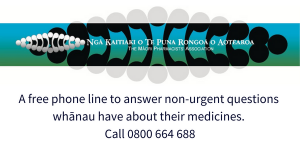Amlodipine is used to treat high blood pressure (hypertension) and to prevent angina (chest pain). It may help to increase your ability to exercise and decrease how often you get chest pain. It works by relaxing your blood vessels so blood can flow more easily, and in this way lowers your blood pressure. Amlodipine belongs to a group of medicines called calcium channel blockers. In New Zealand amlodipine is available in different strengths of tablets (2.5 mg, 5 mg and 10 mg).
Low or no data? Visit zero.govt.nz, scroll down the page then click on our logo to return to our site and browse for free.
Amlodipine
Sounds like 'am-LOE-di-peen'
Key points about amlodipine
- Amlodipine is used to treat high blood pressure and to prevent angina (chest pain).
- Amlodipine is also called Apo-Amlodipine®, Auro-Amlodipine® or Norvasc®.
- Find out how to take it safely and possible side effects.

- The usual dose of amlodipine is 5 mg once daily. Some people may need a higher dose of 10 mg once daily.
- Always take your amlodipine exactly as your doctor has told you. The pharmacy label on your medicine will tell you how much amlodipine to take, how often to take it, and any special instructions.
- Timing: Take amlodipine once a day. Try to take your doses at the same time each day. You can take amlodipine with or without food. Swallow your tablet with a glass of water.
- Limit or avoid drinking alcohol while you are taking amlodipine. It may increase your chance of side effects such as feeling dizzy.
- Missed dose: If you forget your dose, take it as soon as you remember that day. But, if it is nearly time for your next dose, just take the next dose at the right time. Do not take double the dose.
- Keep taking amlodipine regularly. Treatment with amlodipine is usually long term. Do not stop taking amlodipine suddenly; speak to your doctor or nurse before stopping.
Here are some things to know when you're taking amlodipine. Other things may be important as well, so ask your healthcare provider what you should know about.
Interactions: Amlodipine interacts with some medications, herbal supplements and rongoā Māori, so check with your doctor or pharmacist before starting amlodipine and before starting any new products. Amlodipine can interact with anti-inflammatories that you can buy over the counter, such as diclofenac (e.g. Voltaren®), ibuprofen (e.g. Nurofen®), or aspirin (e.g. Disprin®, in doses used for pain relief). These can also be found in some cold and flu medicines (e.g. Nurofen Cold and Flu®).
Like all medicines, amlodipine can cause side effects, although not everyone gets them. Often side effects improve as your body gets used to the new medicine.
| Side effects | What should I do? |
|---|---|
|
|
|
|
|
|
|
|
|
|
| Did you know that you can report a side effect to a medicine to CARM (Centre for Adverse Reactions Monitoring)? Report a side effect to a product(external link) | |
The following links have more information on amlodipine.
Amlodipine(external link) (te reo Māori(external link)) NZ Formulary Patient Information
Norvasc(external link) Medsafe Consumer Information Sheet
References
- Amlodipine(external link) NZ Formulary
- Medical management of stable angina pectoris(external link) BPAC, NZ, 2011
- An update on managing patients with atrial fibrillation(external link) BPAC, NZ, 2017
Credits: Sandra Ponen, Pharmacist, Healthify He Puna Waiora. Healthify is brought to you by Health Navigator Charitable Trust.
Reviewed by: Angela Lambie, Pharmacist, Auckland
Last reviewed:
Page last updated:





